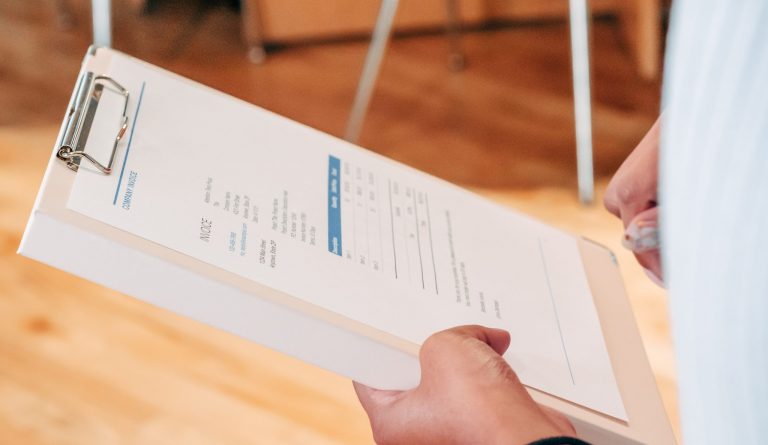Most SMEs find it challenging to receive loans from standard financiers, such as banks; about 40% of them with less than $1 million annual turnover have either been rejected or received only partial loans through traditional financing.
While research has shown that more SMEs were able to access financing (34% in 2018 v.s 19% in 2017), the number of SME organisations who are unable to get loans are still high.
Yet, SMEs are the organisations that would need short term financing the most because cashflow is usually tight. 64% of SMEs face delay in receiving payment from customers, and this gap in payment can last several months, leaving organisations with the burden of finding some way to keep their business going during these dry periods.
Why is it so difficult to get financing?
The main reason is that most SMEs do not meet a lot of the requirements needed to be eligible for loans.
1. Minimum Age Requirement
Many financial institutions require organisations to be in business for at least 2 – 3 years, which many SMEs may not meet.
2. Annual Revenue
Annual revenue of the company would also be taken into consideration, and for smaller SMEs with revenue below $300,000 and low cashflow, they may be rejected for loans.
3. Potential Collateral
Financial institutions may also require collaterals to secure loans, which SMEs may not have.
However, there are alternative options for SMEs to get financed: PO/Invoice Financing
What’s Invoice Financing? It’s when the organization borrows money using unpaid invoices as collateral.
What are the benefits of invoice financing?
- Receive funds immediately from these invoices to ease cashflow
- Organisations would repay loans when the invoices are paid
- Loans do not rely on physical assets. Invoices are used as collateral, so no other assets are required as security for these loans
On the flipside, there are some challenges with PO/Invoice Financing as well
- A lot of paperwork – each financing application requires multiple forms filled
- Difficult to compare quotes
- Harder to get loan for smaller amount POs and invoices
- Need to proof authenticity of POs/invoices
Because of these challenges, SMEs may find it cumbersome to consider Invoice Financing as a viable option.
However, Digital Platforms, like TenderBoard, can now help organisations apply for PO/Invoice Financing with ease. By integrating financing as part of your workflow, the platform can help you manage your POs and invoices, and put up invoices for financing consideration.
- POs and Invoices are automatically sent to financiers for approval
- Information will only need to be sent in once for consideration
- POs and invoices generated from the system provide financiers with authentic validation for consideration
- Compare rates between different financiers right on the platform
- Approved POs and invoices can be claimed for financing immediately and through the platform
While Invoice Financing is currently still seen as an alternative to traditional financing, it’s a growing trend around the world (19% of UK’s cash advanced came from invoice financing) that will help SMEs tap into financing solutions, meeting the financing gap of SGD$20 billion.
If you’re curious to see how digital platforms can help your business get financing, or you’re looking for something to help your procurement workflows and processes, talk to us today!


